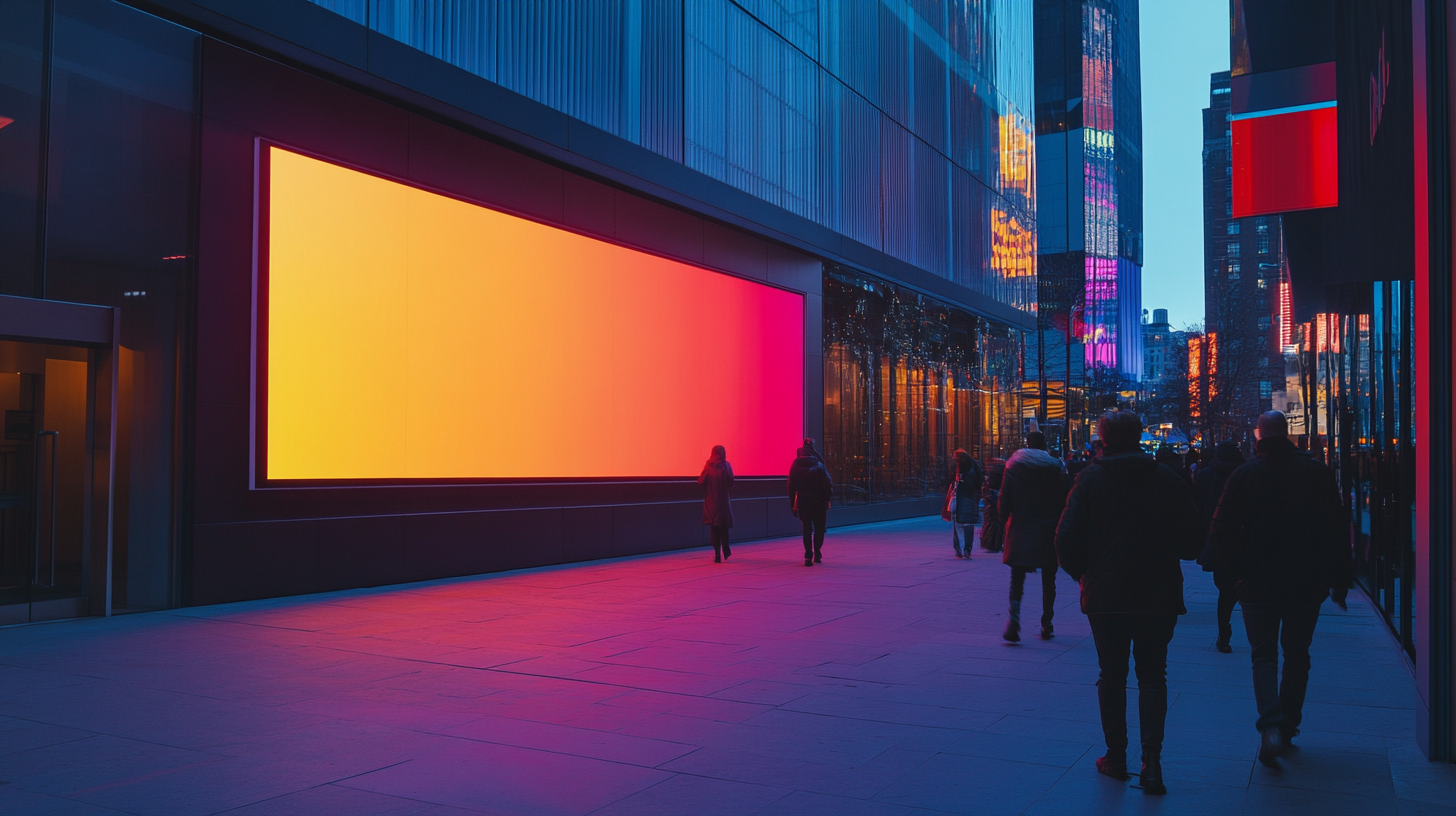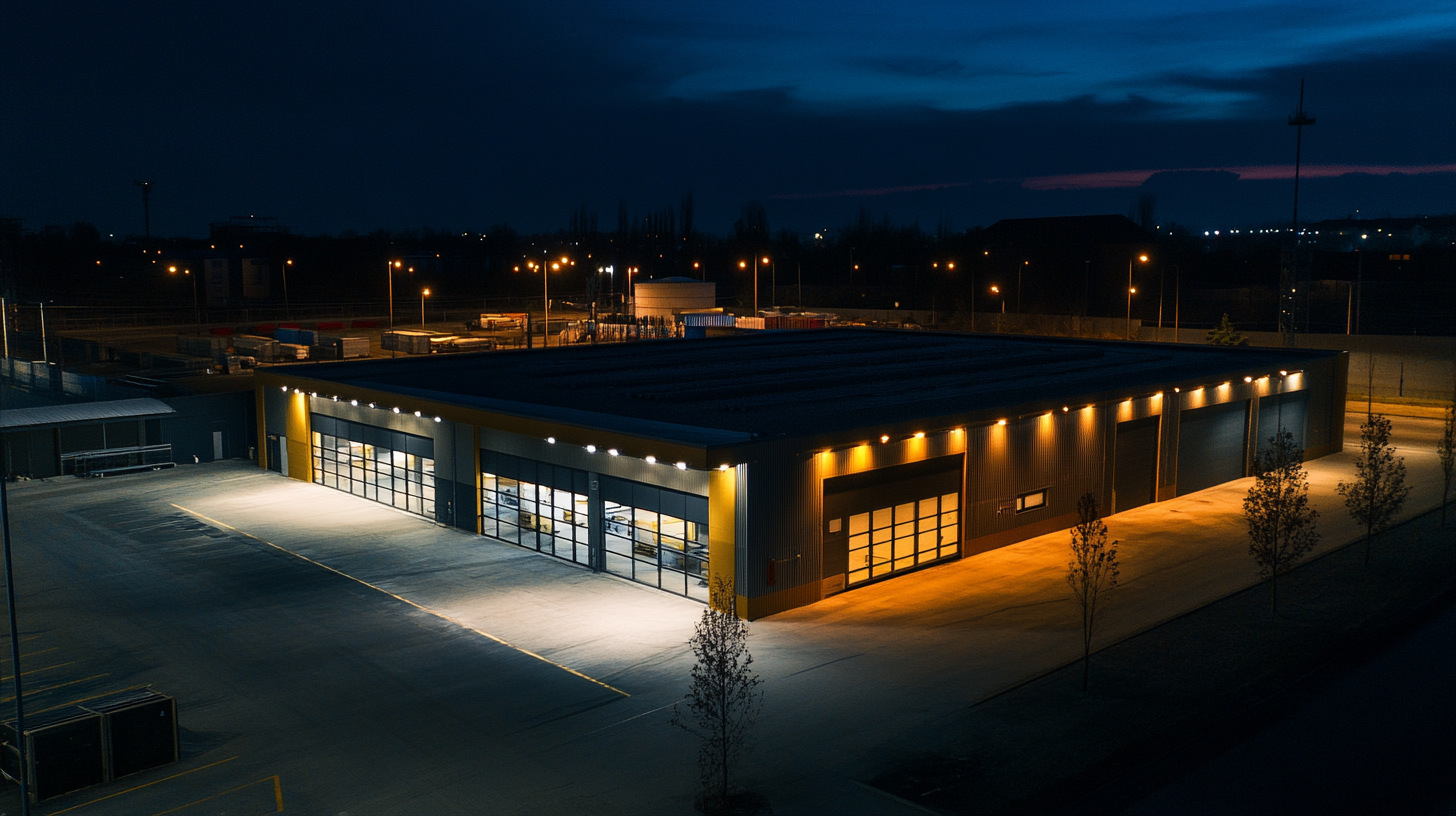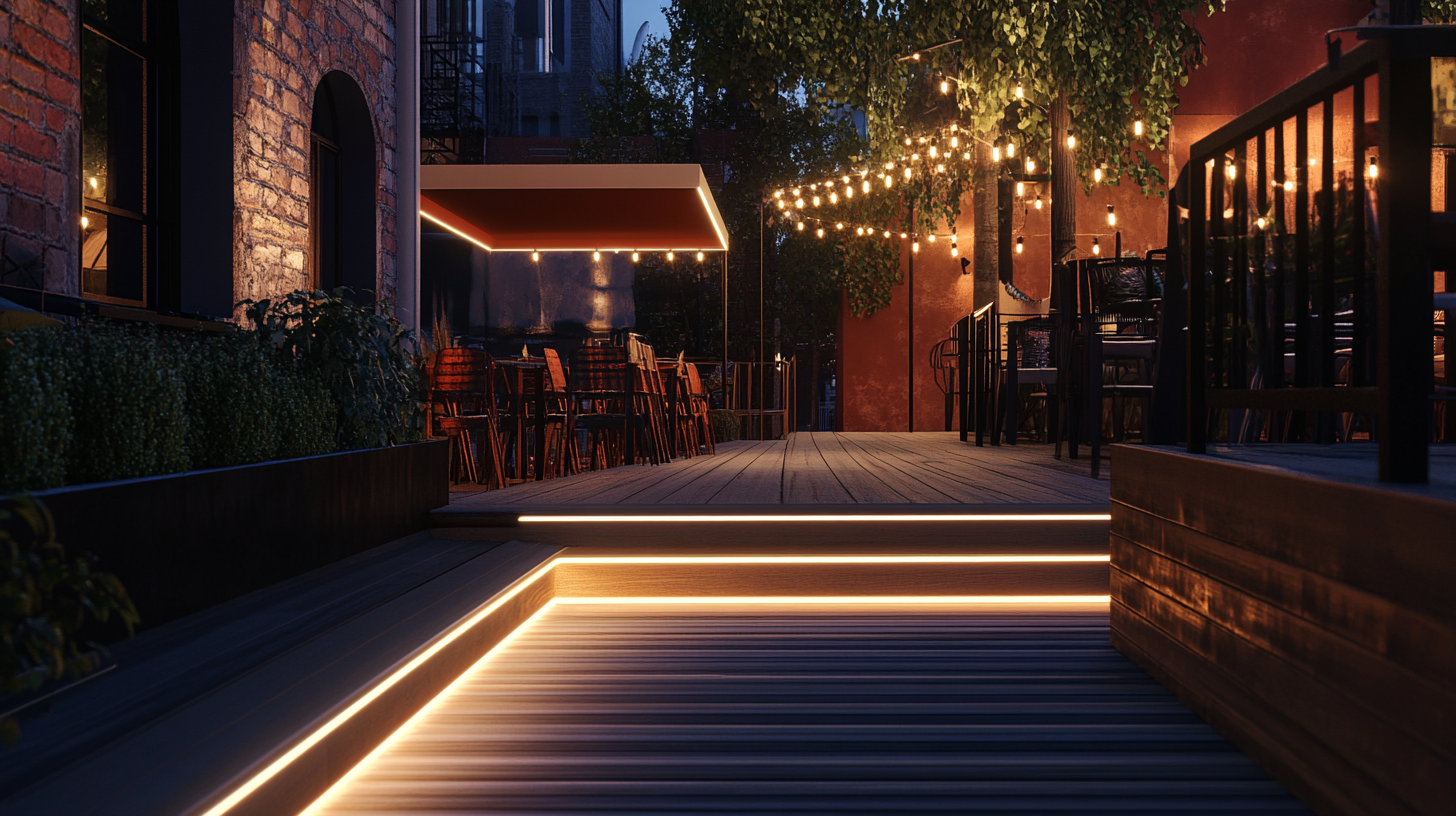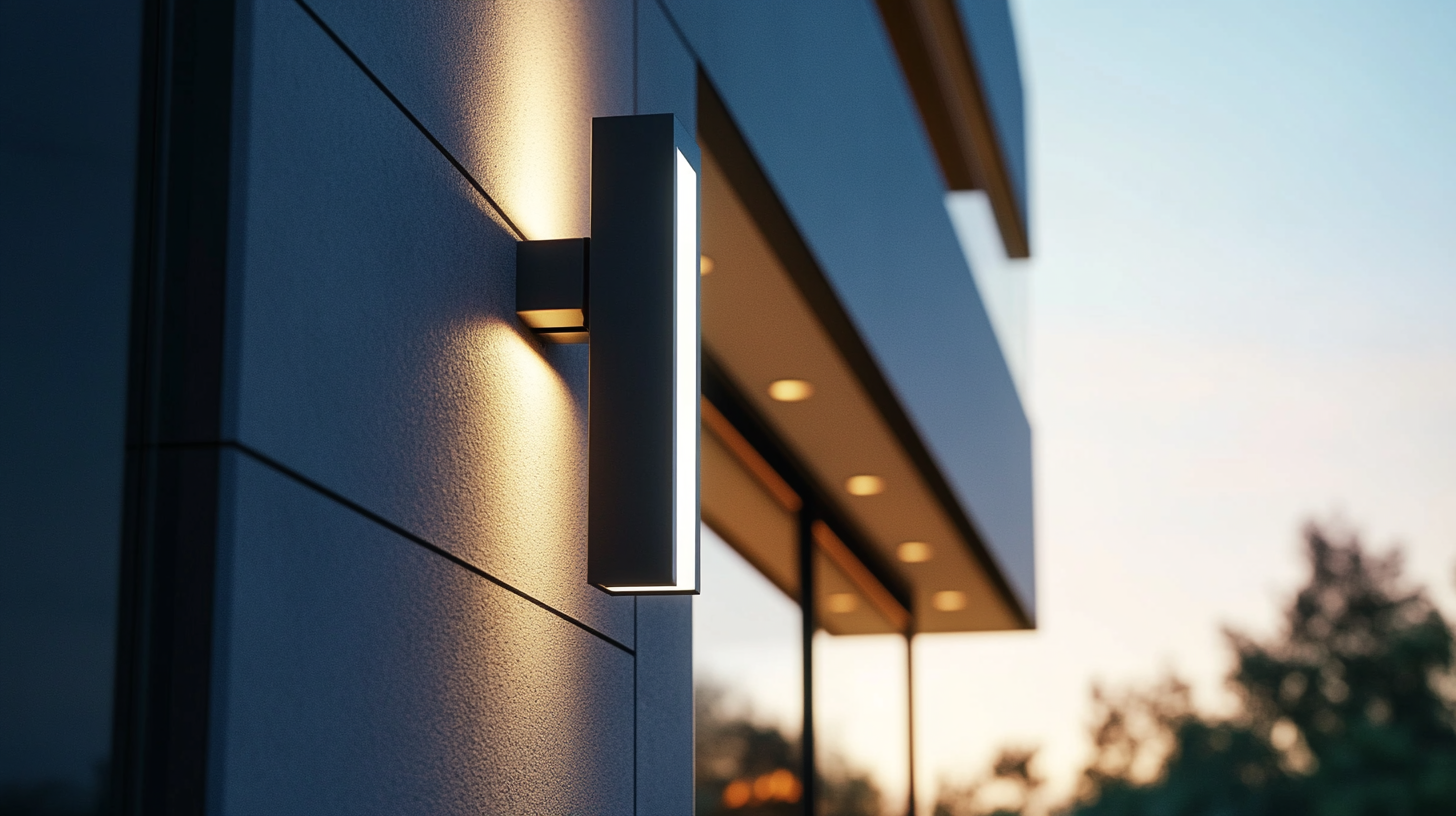Exploring the Technical Specifications of Cutting Edge Exterior Led Lighting Solutions
In today's rapidly evolving design and technology landscape, the significance of Exterior Led Lighting solutions has become more pronounced than ever. As urban environments and architectural innovations continue to flourish, the need for effective and sustainable outdoor lighting has surged. This blog will delve into the technical specifications of cutting-edge exterior LED lighting, shedding light on the advancements that are shaping public spaces, security, and aesthetics. With an emphasis on energy efficiency, longevity, and versatility, these solutions are transforming how we illuminate our surroundings.
Exploring the nuances of Exterior Led Lighting not only highlights their advantages but also presents various applications across different settings—be it residential, commercial, or infrastructural. As we dissect the specifications of these innovative lighting solutions, readers will gain insights into factors such as lumens, color temperature, and smart technology integrations. Join us on this illuminating journey to uncover how these modern lighting solutions can enhance the safety, beauty, and functionality of our outdoor spaces.

Key Features of Modern Exterior LED Lighting Systems
Modern exterior LED lighting systems represent a significant advancement in illumination technology, combining efficiency, design, and versatility. Key features of these cutting-edge solutions include high brightness capabilities, which are indispensable for both aesthetic and functional purposes. High-brightness (HB) LEDs are increasingly being integrated into navigation and entertainment devices, showcasing their adaptability beyond traditional applications. Another noteworthy aspect of contemporary exterior LED lighting is their compatibility with advanced driver-assistance systems (ADAS). As automotive lighting transitions from incandescent and cold cathode fluorescent lights to high-performance LED solutions, the enhancement of visibility and safety on roadways becomes paramount. This shift not only improves lighting efficiency but also poses challenges for visual-based systems that rely on precise identification of LED status, crucial for functions such as traffic sign recognition and automatic braking. Moreover, the design of energy-efficient constant current driving circuits for LEDs plays a crucial role in optimizing performance and lifespan. Innovations in drive technology, including PWM dimming and effective heat dissipation mechanisms, are essential in ensuring that modern exterior LED lighting systems maintain their reliability and functionality even in demanding environments. These features collectively enhance the user experience while paving the way for future advancements in smart lighting solutions that are likely to emerge in the market.

Comparative Analysis: LED vs. Traditional Outdoor Lighting
The shift from traditional outdoor lighting to LED solutions has transformed the way we illuminate our exteriors. Traditional outdoor lights, often reliant on incandescent or fluorescent bulbs, often consume more energy and have a shorter lifespan. In contrast, LED lighting operates using solid-state technology, which offers significant advantages in both efficiency and longevity. With LED options typically lasting up to 25,000 hours or more compared to the mere 1,000 hours of incandescent bulbs, the longevity alone makes LED a more sustainable choice in outdoor lighting.
When it comes to energy consumption, LEDs shine brighter, both literally and figuratively. They use up to 80% less energy than traditional lighting fixtures, resulting in lower utility bills and a reduced carbon footprint. Moreover, LED lights emit less heat, which enhances safety in outdoor spaces, particularly in areas where fixtures may be in contact with flammable materials. This efficiency not only benefits the environment but also encourages businesses and homeowners to invest in energy-saving solutions that ultimately pay for themselves over time.
A critical aspect of the comparison revolves around the quality of light produced. LEDs offer a wider spectrum of colors and can be finely tuned for various applications, providing versatility in design and functionality. Traditional lights may struggle with color accuracy and often produce a harsh, unflattering glow. With the advancements in LED technology, integrating smart systems for color temperature and brightness adjustments has become commonplace, allowing users to create tailored environments that enhance both aesthetics and usability.

Understanding the Impact of Lumens and Color Temperature
When discussing modern lighting solutions, understanding lumens and color temperature is crucial. Lumens measure the total amount of visible light emitted by a source, making them a key indicator of a lighting product's brightness. For instance, LED bulbs, which are significantly more energy-efficient than incandescent bulbs, can produce the same lumens while consuming 90% less energy. This efficiency is vital as industries transition toward more sustainable practices due to strict regulations impacting lighting distributors and retailers.
Color temperature, measured in Kelvin (K), describes the hue of the light emitted by a bulb. Warmer lights (around 2700K) are often preferred for indoor settings to create a cozy atmosphere, while cooler lights (5000K and above) are selected for tasks requiring higher visibility. Choosing the right color temperature not only enhances aesthetics but can also affect our natural environment; for example, studies suggest that using colored lighting can reduce disturbances to wildlife and bird migration, highlighting the importance of mindful lighting choices.
As innovations in LED technology continue, solutions like the SeaLife Sea Dragon 5000+ demonstrate the versatility and effectiveness of LED lighting in specialized applications, including underwater photography. With advanced specifications, these lights exemplify the trend toward high-performance, energy-efficient lighting options that cater to both professional and recreational needs. Through understanding lumens and color temperature, consumers can make informed choices that benefit both their spaces and the planet.

Innovative Technologies Driving Exterior LED Solutions
In recent years, exterior LED lighting solutions have undergone remarkable transformations, driven by innovative technologies that enhance performance, energy efficiency, and versatility. One of the most significant advancements in this field is the development of smart lighting systems. These systems integrate IoT (Internet of Things) capabilities, enabling users to control lighting remotely via smartphones or automated systems. This convenience not only ensures optimal brightness for safety and aesthetics but also allows for energy savings through adjustable settings based on real-time needs.
Another key innovation is the use of advanced optics and luminaire designs that maximize light output while minimizing glare. Techniques such as lens engineering and optimized reflector designs contribute to uniform light distribution, making outdoor spaces safer and more inviting. Moreover, new materials and manufacturing processes are enhancing the durability of LED fixtures, making them resistant to harsh weather conditions and prolonging their lifespan, which ultimately reduces maintenance costs for property owners.
Further, the rise of tunable white and RGB color-changing LEDs allows for dynamic lighting scenarios that can transform the mood of outdoor environments. From enhancing architectural features to creating vibrant landscapes, these technologies empower consumers to customize their spaces. As LED technology continues to evolve, it paves the way for even more creative and functional applications across urban settings, residential areas, and commercial sites, showcasing an exciting future for exterior lighting solutions.
Sustainability and Energy Efficiency in LED Lighting Design
As the world embraces sustainable practices, the shift towards energy-efficient solutions in lighting design has never been more vital. LED lighting, with its inherent low energy consumption and longevity, stands at the forefront of this movement. By significantly reducing power usage compared to traditional lighting, LEDs contribute to lower greenhouse gas emissions and minimize the overall carbon footprint. This makes them not just a cost-effective choice but an environmentally responsible one that aligns with global sustainability goals.
In addition to energy savings, modern LED lighting solutions are enhancing sustainability through innovative designs and materials. Many manufacturers are now focusing on eco-friendly manufacturing processes and utilizing recyclable materials in their products. This shift ensures that the impact of products extends beyond their initial use, fostering a circular economy. Furthermore, advancements in smart technology have enabled LED lighting systems to adjust automatically based on environmental conditions, further optimizing energy use and supporting a more sustainable approach to exterior lighting design.
The integration of these advanced LED solutions not only enhances the aesthetic appeal of outdoor spaces but also contributes to public health and safety by increasing visibility and enhancing nighttime environments. By prioritizing sustainability and energy efficiency in LED lighting design, we are paving the way for a brighter, greener future that respects both our planet and our resources.

